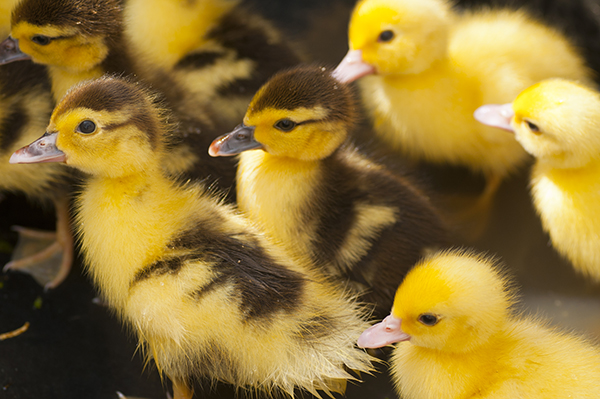As the Netherlands and the planet warm up, spring is starting earlier than we were used to, and these changes are observable and measurable in the natural world around us. Flowers are now blossoming three to four weeks earlier than half a century ago. Birds are singing ahead of schedule and spring-like insect behavior is observable in mid-February. With pollen in the air before usually expected, allergy season has become longer for people with hay fever. Thus, according to the Dutch Nature Observation Network, February is becoming the new March for nature.
Contrarily to the start of astronomical spring, which is defined by the position of Earth in relation to the sun — the spring equinox around 21 March —, the start of meteorological spring is marked by annual temperature cycles, not fixed in the calendar but flexible and dependent on observation. And for meteorological spring, as reported by De Natuurkalender Observation Network, which has done observations of annually recurring phenomena in nature since 1868, “developments in nature are currently more than three weeks ahead of what we considered normal 50 years ago”.
2022’s average temperature until mid-February was 5.9 ºC, whereas 3.6 ºC is the average. 50 years ago 5.9 ºC was the average temperature of the month of March. The first half of February alone this year saw an average temperature of 7.6 ºC, against a normal average of 3.5 ºC. Half a century ago, an average of 7.6 ºC was usually reached in early April.
De Natuurkalender explains that these changes are visible in our gardens and nature around us. According to them, most flowers blossomed for the first time around 13 March. This year, however, early bloomers such as snowdrops and crocuses were already in full bloom by early February. Hazel trees and hawthorns were already coming into leaves by that time, and common celandine as well as dogwood (normally later bloomers) were blossoming in several parts of the country in mid-February. This is also observable in the behaviour of birds, with finches and songthrushes singing weeks ahead of time. For many, these birds indicate the arrival of spring, but clearly spring is starting earlier nowadays. Insects are also already active, with firebugs observed already by early to mid-February.
“In the end,” said Arnold Van Vliet, coordinator of De Natuurkalender, “climate change does no good to Dutch nature.” Whereas many species can move further north as the weather warms up, many others cannot adapt so quickly and are prone to disappear in time. Furthermore, sudden frosts and short bursts of freezing temperatures once plants are in spring mode can damage them for years.
And with pollen in the air earlier than expected, many humans are immediately affected as well. It is estimated that 25 percent of people suffering from hay fever are allergic to tree pollen, and so the longer spring means misery for them. Due to the warm November and December months in 2021, high alder tree pollen concentrations led to hay fever symptoms. And this year, the early blossoming of alder flowers is set to extend this situation even further. De Natuurkalender expected that alder trees would produce pollen until mid-March, immediately followed by birch pollen, which also produces hay fever symptoms in allergic populations.
Changes in meteorological seasons and spring times are of course not exclusive to the Netherlands, but symptomatic of a global climate crisis. A recent UK study analyzing flower phenology data between 1790 and 2019 concluded that the flowers from 406 plant species studied in the sample bloom in average one month earlier than before 1986. If the effects of the environment’s response to climate change are often difficult to quantify, flower blossoming behavior can provide effective measuring tools observable right at our feet.
Written by Juan Álvarez Umbarila
